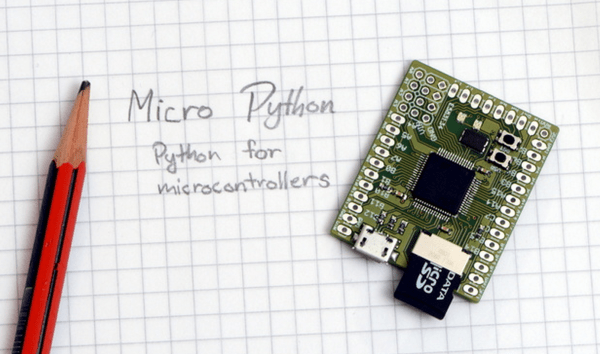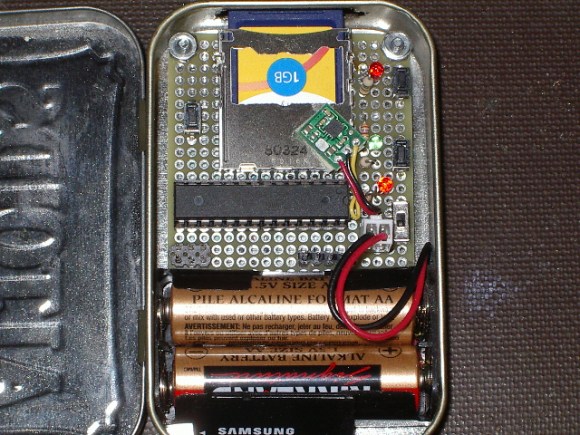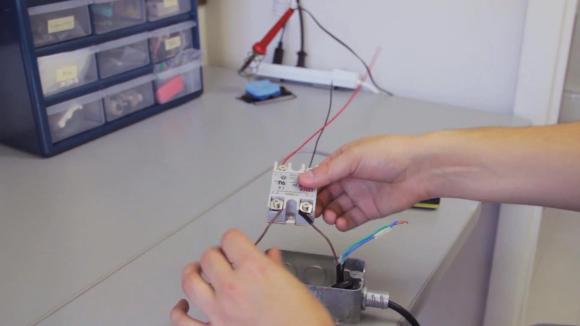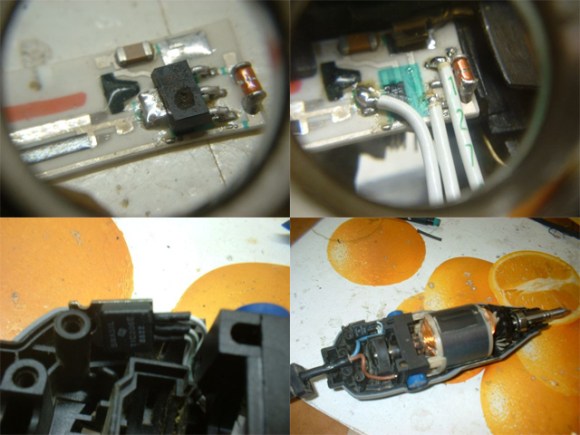[Damien George] just created Micro Python (Kickstarter alert!), a lean and fast implementation of the Python scripting language that is optimized to run on a microcontroller. It includes a complete parser, compiler, virtual machine, runtime system, garbage collector and was written from scratch. Micro Python currently supports 32-bit ARM processors like the STM32F405 (168MHz Cortex-M4, 1MB flash, 192KB ram) shown in the picture above and will be open source once the already successful campaign finishes. Running your python program is as simple as copying your file to the platform (detected as a mass storage device) and rebooting it. The official micro python board includes a micro SD card slot, 4 LEDs, a switch, a real-time clock, an accelerometer and has plenty of I/O pins to interface many peripherals. A nice video can be found on the campaign page and an interview with the project creator is embedded after the break.
Continue reading “Interview With [Damien George], Creator Of The Micro Python Project”


















